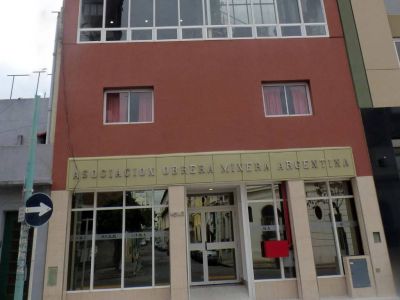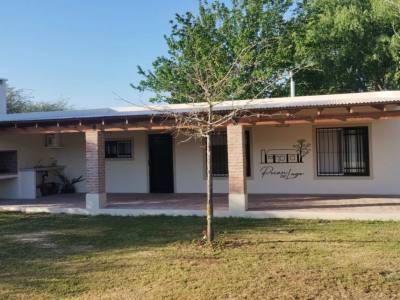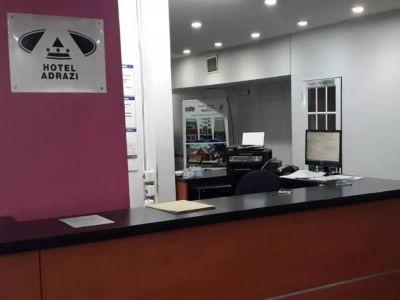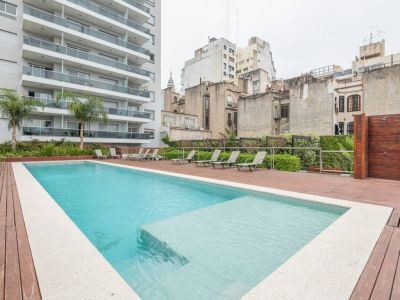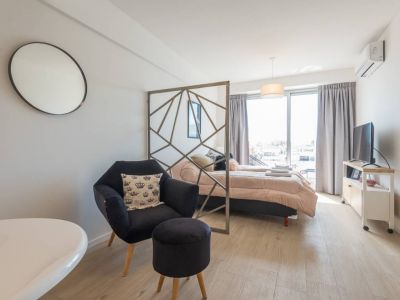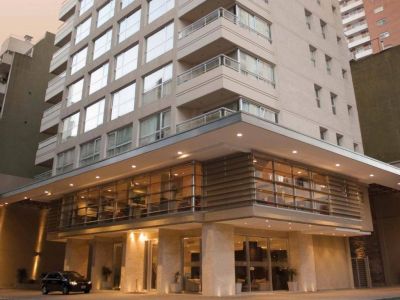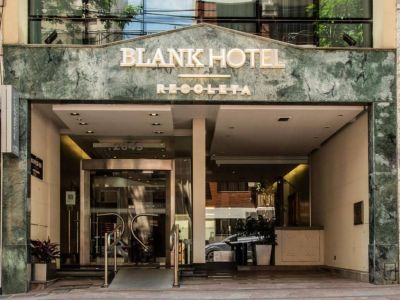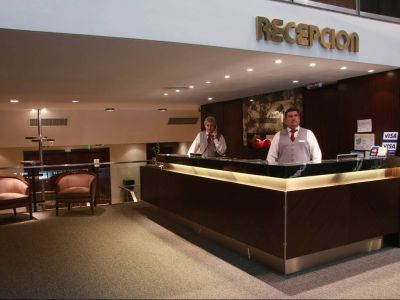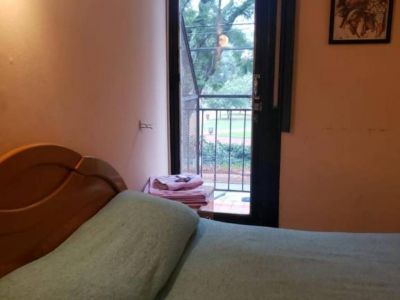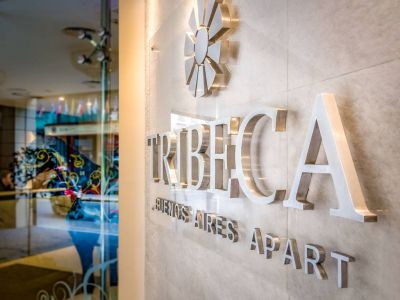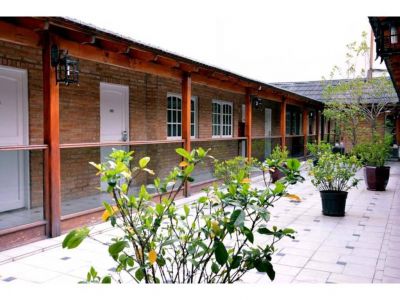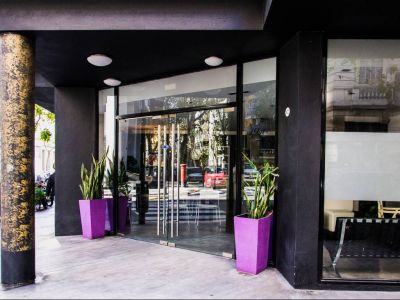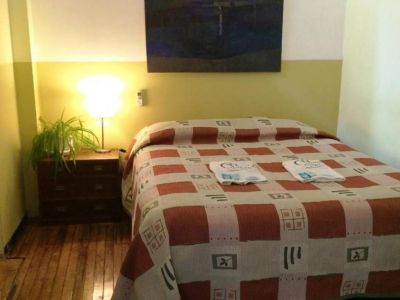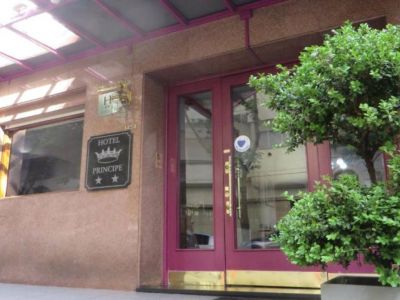Sculpture Promenade and Floralis Generica
At Recoleta, art is not only found locked inside the four walls of a museum. It is free in the green hues of the squares to co-exist with the citizens and visitors to Buenos Aires.
In the ever colorful and ever pleasant neighborhood of Recoleta, we found a new proposal that embellishes public spaces. Related to art and design (within an area of few blocks, there lie, for instance, the Buenos Aires Design building, the market on Francia Square, the Fine Arts National Museum, today Recoleta displays various sculptures in the open air. Look Again This is a place where countless denizens and visitors to the City of Buenos Aires circulate. It is framed by two of the busiest avenues in town: Del Libertador and Figueroa Alcorta. Like many others, we had got past those corners a thousand times: whether to visit the Fine Arts National Museum, to tour around the market at Francia Square on weekends, to attend some show at the municipal exhibitions venue, to go for ride. But something new made us pay special attention to a space that we had always ignored. Another square in this green area. That is what the project is about: to grant new meaning to a place that belongs to us all.
Marcos Rodríguez
Gentileza Buenos Aires Gob.Ar





















